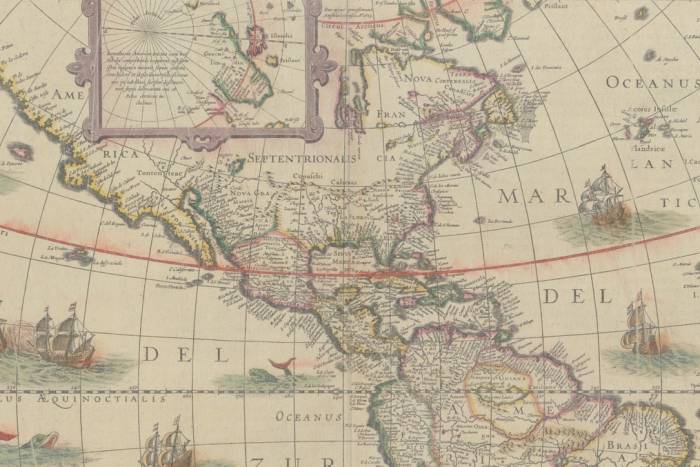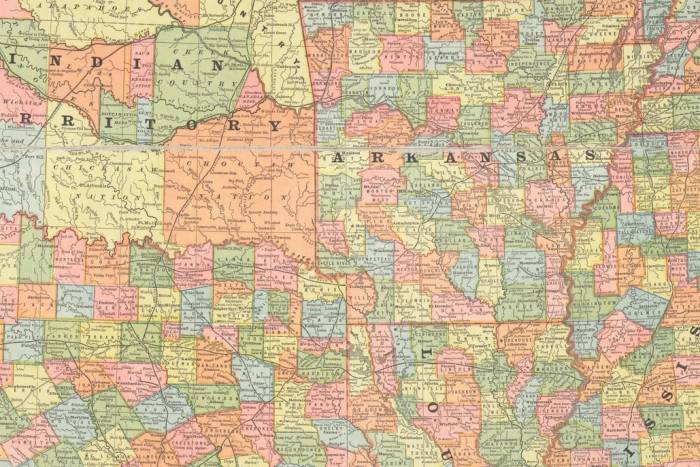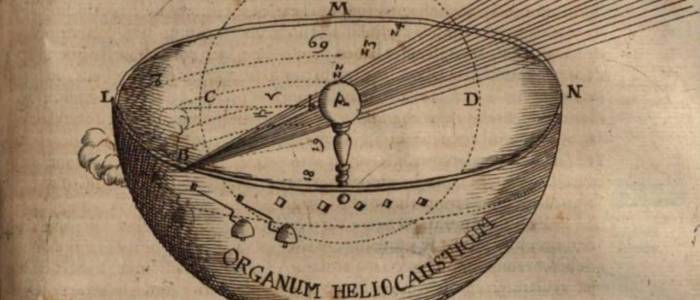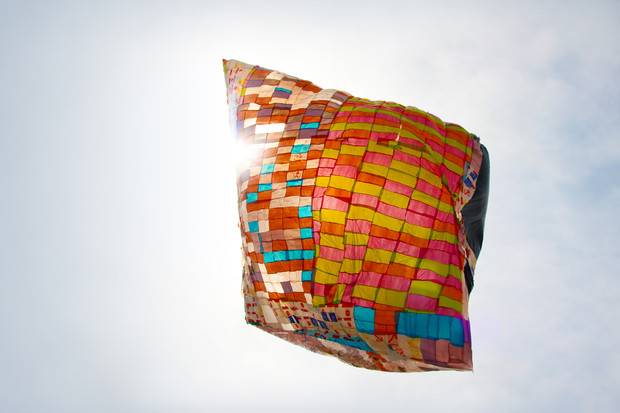The Scientist Who Gave up His Job to Fold Origami
Dr. Robert J. Lang has revolutionized the wonderful world of origami to be able to make anything that enters his imagination.
Origami is pleasantly nostalgic. One remembers, perhaps, when one was a child and made their first bird that looked like a crane but had few features in common with the real bird. It could be described as one of the first meditative activities that we carried out voluntarily and full of expectation. The minute concentrations we put into each fold of paper blocked out anything else that happened around us. And that, for a child, is no small feat. But the obsession with the possibilities of a sheet of paper have gone far beyond a healthy and aesthetic educational entertainment; to begin with, they led one scientist to leave his job and dedicate himself full-time to folding paper and, in doing so, he revolutionized the world and the limits of origami.
That man is Dr. Robert J. Lang, an electronic engineer who, while he worked for a fiber optic company (JDS Uniphase) in the 1970s, invented the origami Jimmy Carter, Darth Vader, a monk and an inflatable rabbit, but whose real passion were insects (albeit in those days, together with crustaceans, they were impossible to create in origami as nobody had solved the problem as to how to fold paper into figures with robust bodies and thin limbs).
Dr. Lang’s obsession and talent were such that he began to investigate mathematical equations that would allow him to create figures beyond thirty folds, at the time the maximum number of folds that the Japanese art of origami had reached. By the end of the 1970s origami had changed so much thanks to Lang (insects were now possible as well as all kinds of complex figures) that he gave up his job to carry on experimenting with its possibilities.
The Japanese could not believe that a Western man could be an origami expert, and those who knew him as a scientist were amazed to find out that their colleague was one of the world’s most famous origami artists. But Lang, who had received his first book of origami at the age of six, was so infatuated with the possibility of creating three-dimensional creatures, almost magically, that he could do nothing else but dedicate himself to that.
In Japan, the art of origami has been practiced as a recreation for at least 400 years under one beautiful and simple principle: the sheet of paper is the essence, no matter what it becomes, there is never more or less paper; the same paper remains. What Dr. Lang added to that world of figures, and always respecting the rule of not cutting the paper, were mathematical equations. More precisely, the elegance of mathematical equations. And thanks to that, naturalism found its most beautiful three-dimensional accompaniment.
In 2003 Lang published the book Origami Design Secrets and now, as well as designing sets for films and commercials, Lang has various jobs as a scientific designer. He has designed medical instruments and space telescopes and he made it possible for a cellular antenna to fit inside a mobile telephone.
Lang believes there is still much to be done with origami. And while his main activity is refining his beloved insects, its scientific application knows no limits in practice. Origami is no longer just an art, but is also mathematics, geometry, physics, philosophy and religion, all folded into a beautiful figure.
Related Articles
When ancient rituals became religion
The emergence of religions irreversibly changed the history of humanity. It’s therefore essential to ask when and how did ancient peoples’ rituals become organized systems of thought, each with their
Seven ancient maps of the Americas
A map is not the territory. —Alfred Korzybski Maps are never merely maps. They’re human projections, metaphors in which we find both the geographical and the imaginary. The cases of ghost islands
An artist crochets a perfect skeleton and internal organs
Shanell Papp is a skilled textile and crochet artist. She spent four long months crocheting a life-size skeleton in wool. She then filled it in with the organs of the human body in an act as patient
A musical tribute to maps
A sequence of sounds, rhythms, melodies and silences: music is a most primitive art, the most essential, and the most powerful of all languages. Its capacity is not limited to the (hardly trivial)
The enchantment of 17th-century optics
The sense of sight is perhaps one the imagination’s most prolific masters. That is why humankind has been fascinated and bewitched by optics and their possibilities for centuries. Like the heart, the
Would you found your own micro-nation? These eccentric examples show how easy it can be
Founding a country is, in some ways, a simple task. It is enough to manifest its existence and the motives for creating a new political entity. At least that is what has been demonstrated by the
Wondrous crossings: the galaxy caves of New Zealand
Often, the most extraordinary phenomena are “jealous of themselves” ––and they happen where the human eye cannot enjoy them. However, they can be discovered, and when we do find them we experience a
Think you have strange reading habits? Wait until you've seen how Mcluhan reads
We often forget or neglect to think about the infinite circumstances that are condensed in the acts that we consider habitual. Using a fork to eat, for example, or walking down the street and being
The sky is calling us, a love letter to the cosmos (video)
We once dreamt of open sails and Open seas We once dreamt of new frontiers and New lands Are we still a brave people? We must not forget that the very stars we see nowadays are the same stars and
The sister you always wanted (but made into a crystal chandelier)
Lucas Maassen always wanted to have a sister. And after 36 years he finally procured one, except, as strange as it may sound, in the shape of a chandelier. Maassen, a Dutch designer, asked the










